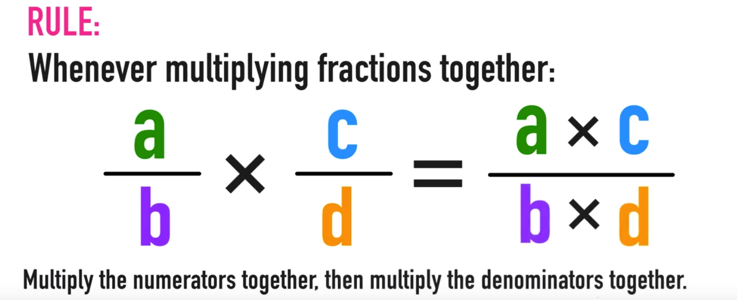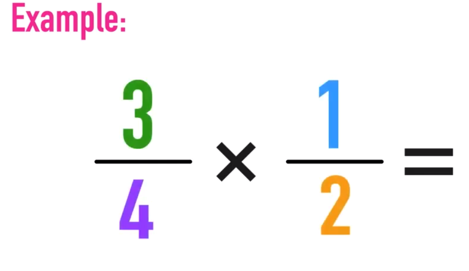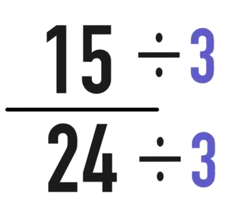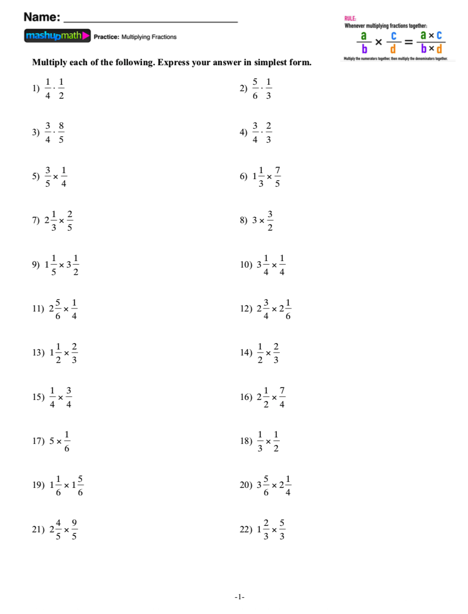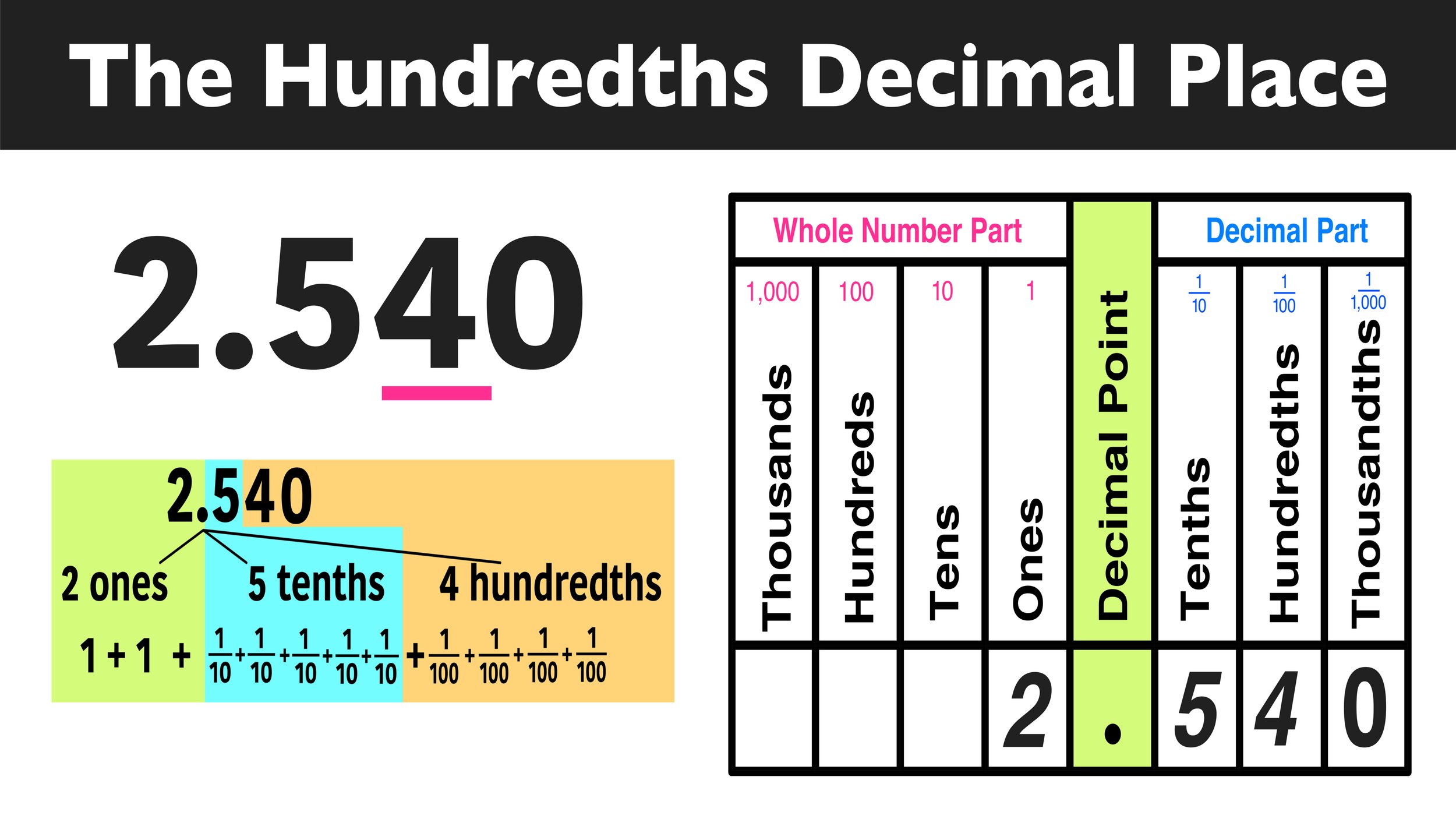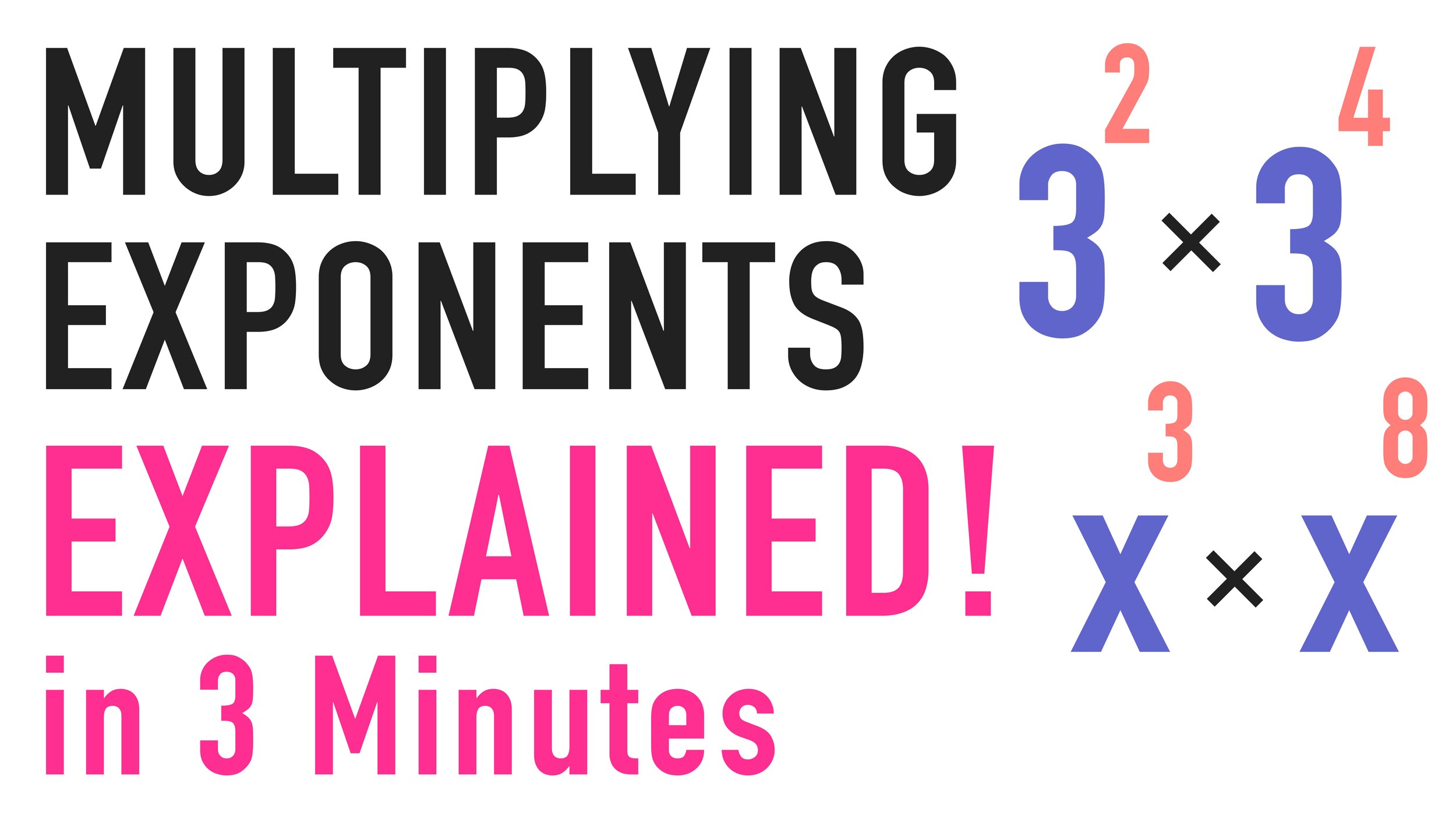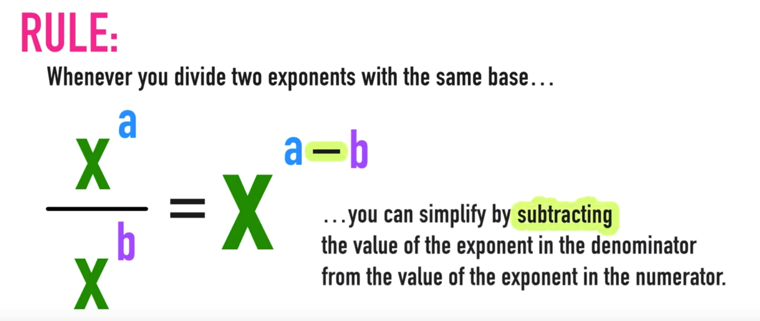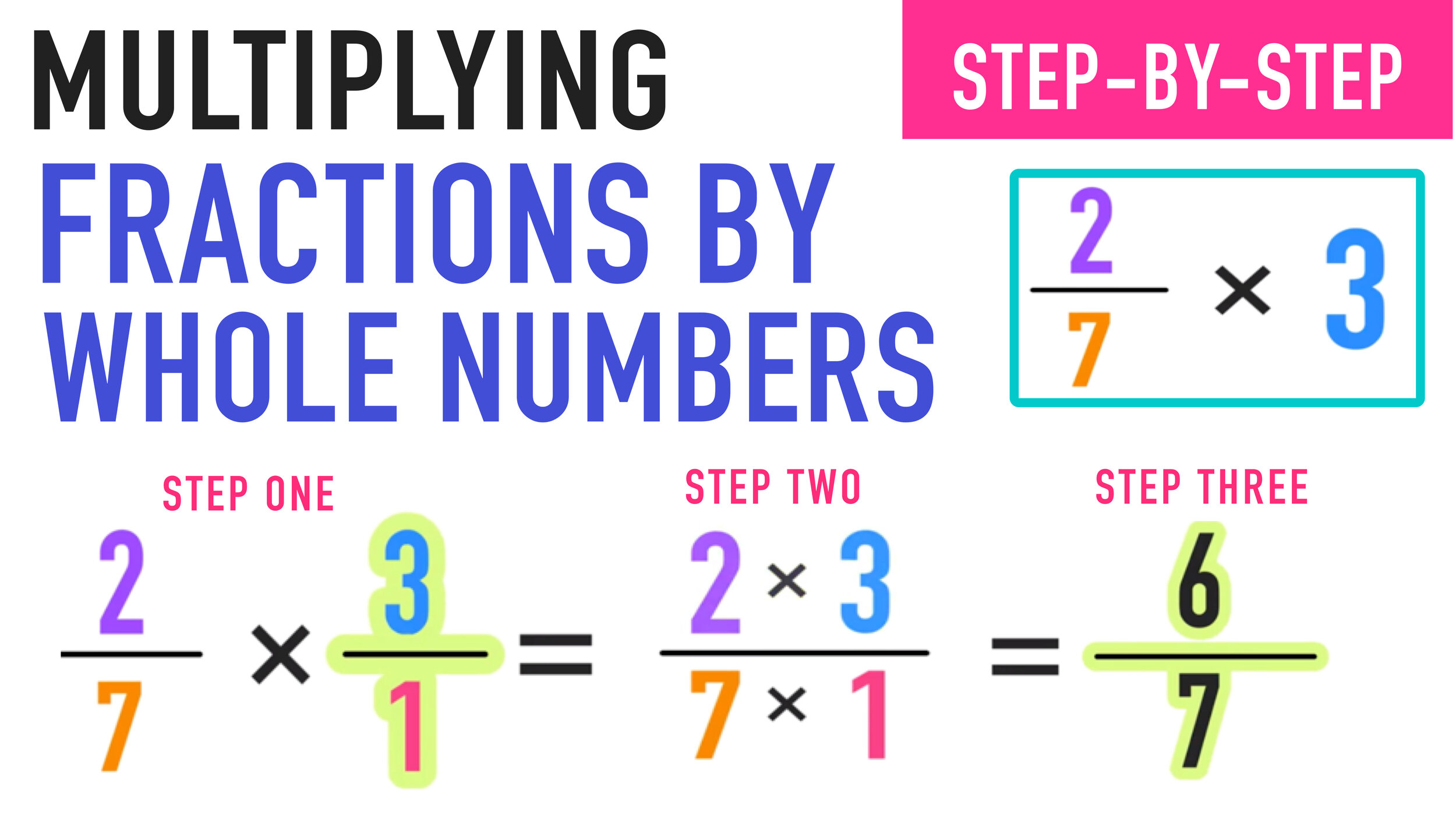Learn to Multiply Fractions by Fractions and by Whole Numbers!
Learning how to multiply fractions, whether it be fraction times fraction or multiplying fractions by whole numbers, is an important skill that every math student must learn at some point.
This complete guide to multiplying fractions will provide a step-by-step tutorial on how to multiply fractions and includes several examples, an animated video mini-lesson, and a free worksheet and answer key.
Let’s get started!
Multiplying Fractions: Multiplication Review
Before we explore how to multiply fractions, let’s do a super quick review of basic multiplication:
Figure A
Figure C
Figure B
Figure D
What do you notice about the relationship between figures A, B, and C?
In figure D, why is 2 x (1/2) equal to 1 ?
Multiplying Fractions Rule
To help you understand Figure D above, let’s start by learning about the rules for multiplying fractions:
Rule: Whenever multiplying fractions together, multiply the numerators together, then multiply the denominators together.
The rules for multiplying fractions are as simple as that, and applying the rule to variety of different problems is just as easy. Let’s go ahead and apply this rule in a few examples.
Multiplying Fractions Examples
Example 1 (Multiplying Fractions by Fractions):
What is (3/4) x (1/2) ?
Start by applying the rule and multiplying the numerators together and then the denominators together as follows:
Notice that the fraction (3/8) can not be simplified (since 8 and 3 do not have a common divisor)
Answer: (3/4) x (1/2) = 3/8
Example 2 (Multiplying Fractions by Whole Numbers):
What is 2 x (1/2) ?
This problem should look familiar because it’s from Figure D above.
Now that you understand how to use the multiplying fractions rule, you can solve this problem where you have to multiply fractions and whole numbers.
You will still use the rule to find the answer, but there is one extra step involved.
Since you are multiplying fractions by whole numbers, you will need to convert the whole number into a fraction.
In this case, you can rewrite the whole number 2 as (2/1) as follows:
Then apply the rule and solve as follows:
Answer: 2 x (1/2) = 1
Example 3 (Multiplying Fractions and Simplifying Fractions):
What is (5/6) x (3/4) ?
This will be our final example.
This time, you will have to multiply fractions and then simplify your answer.
Start by applying the rule as follows:
Wait! There’s still one more step.
15/24 can simplified because 15 and 24 are both divisible by 3 (which is the GCF of 15 and 24). So you can simplify the fraction by dividing BOTH the numerator and the denominator by 3 as follows:
And that’s all there is to it!
Answer: (5/6) x (3/4) = (5/8)
Still confused? Check out the animated video lesson below:
Video: Multiplying Fractions Explained!
Check out the video lesson below to learn more about multiplying fractions and for more free practice problems:
Multiplying Fractions Worksheets
Free Worksheet!
Are you looking for some extra practice multiplying fractions? Click the links below to download your free worksheets and answer key:
CLICK HERE TO DOWNLOAD YOUR FREE WORKSHEET
Tags: Multiplying Fractions, Multiplying Fractions and Whole Numbers, Multiplying Fractions Practice, Multiplying Fractions Examples, Simplifying Fractions
Keep Learning:
Have thoughts? Share your thoughts in the comments section below!
(Never miss a Mashup Math blog--click here to get our weekly newsletter!)
By Anthony Persico
Anthony is the content crafter and head educator for YouTube's MashUp Math. You can often find me happily developing animated math lessons to share on my YouTube channel . Or spending way too much time at the gym or playing on my phone.








